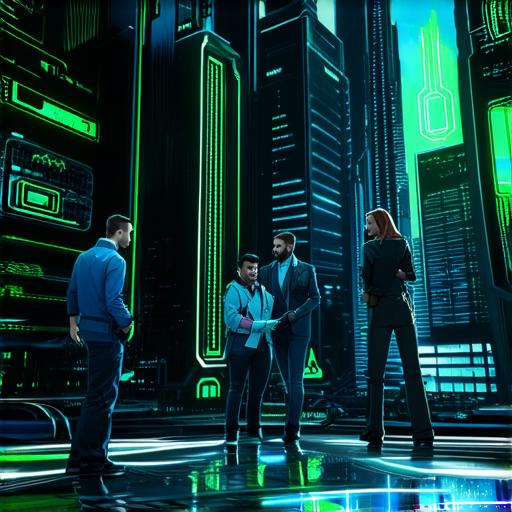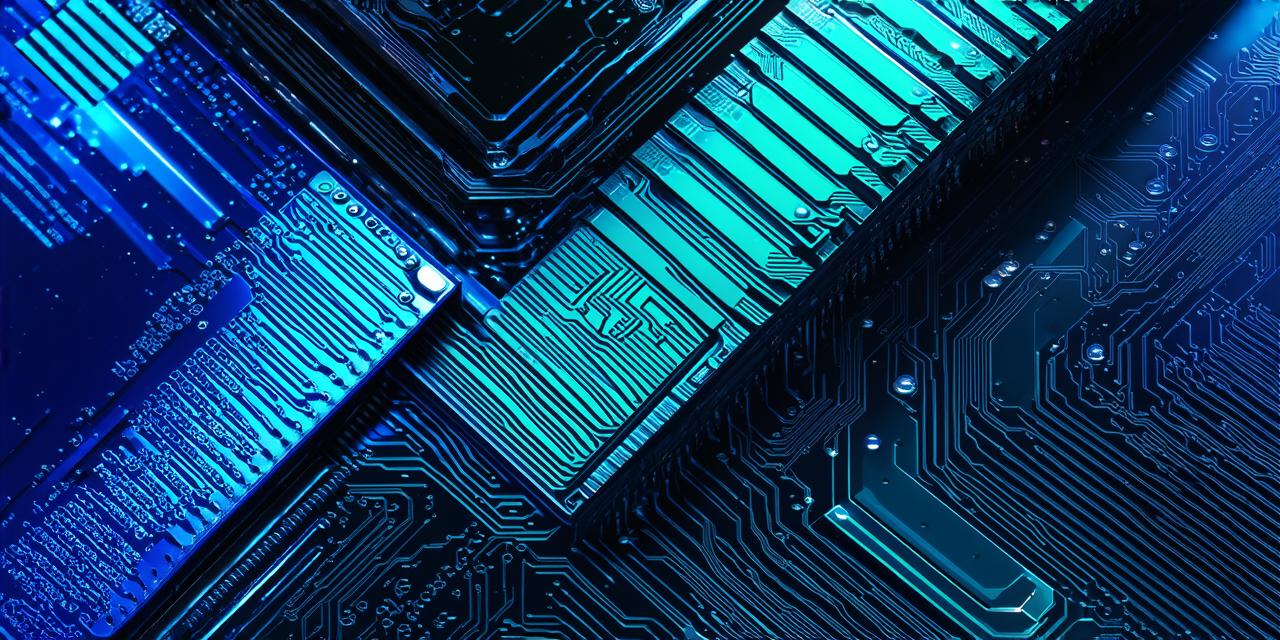Table of Contents
- Introduction to Blockchain Technology
- What are Blockchain Games?
- How do Blockchain Games Work?
- Benefits of Using Blockchain in Gaming
- Challenges of Using Blockchain in Gaming
- Real-World Examples of Blockchain Games
- Conclusion and Future Outlook

Introduction to Blockchain Technology
Blockchain technology is a decentralized, distributed ledger that records transactions securely and transparently. It was originally developed for Bitcoin, but it has since been applied to a wide range of industries, including finance, supply chain management, and more. One of the key features of blockchain technology is its immutability, meaning that once data is recorded on the blockchain, it cannot be changed or deleted.
What are Blockchain Games?
Blockchain games are games that use blockchain technology to create a unique gaming experience. They can be played on any device with an internet connection and often involve players competing against each other in real-time. Unlike traditional games, which are centralized and controlled by a single entity, blockchain games are decentralized and run on a distributed network of computers.
How do Blockchain Games Work?
Blockchain games typically use smart contracts to govern gameplay and manage assets. Smart contracts are self-executing programs that can be programmed to automatically execute when certain conditions are met. In the context of blockchain games, smart contracts can be used to manage in-game items, such as weapons or tokens, and to facilitate transactions between players.
One of the key features of blockchain games is their use of cryptocurrencies. Cryptocurrencies are digital currencies that use encryption techniques to secure their transactions and to control the creation of new units. In the context of blockchain games, cryptocurrencies can be used as in-game currency or as a means of purchasing in-game items.
Benefits of Using Blockchain in Gaming
There are several benefits to using blockchain technology in gaming. Firstly, blockchain technology provides a high level of security and transparency. Because all data is recorded on a distributed ledger that cannot be changed or deleted, there is little risk of fraud or manipulation. Additionally, because transactions are verified by a network of computers rather than a single entity, there is less centralization and control, which can lead to a more decentralized and democratic gaming experience.
Another benefit of blockchain technology in gaming is the ability to create unique in-game items that have real-world value. Because cryptocurrencies are based on supply and demand, items that are scarce or difficult to obtain can become highly valuable. This creates a new revenue stream for game developers and provides players with a way to monetize their in-game achievements.
Challenges of Using Blockchain in Gaming
Despite its many benefits, there are also several challenges associated with using blockchain technology in gaming. One of the biggest challenges is scalability. Because blockchain transactions can be slow and expensive, they may not be suitable for high-volume games that require fast transaction speeds.
Another challenge is user experience. While blockchain technology provides a high level of security and transparency, it can also be complex and difficult to use. This can make it challenging for game developers to create an intuitive and user-friendly gaming experience.
Real-World Examples of Blockchain Games
There are several real-world examples of blockchain games that have successfully integrated blockchain technology into their gameplay. One example is CryptoKitties, a game that allows players to breed and collect unique digital cats using Ethereum cryptocurrency. Another example is Decentraland, a virtual reality platform that uses blockchain technology to create a decentralized gaming experience.
